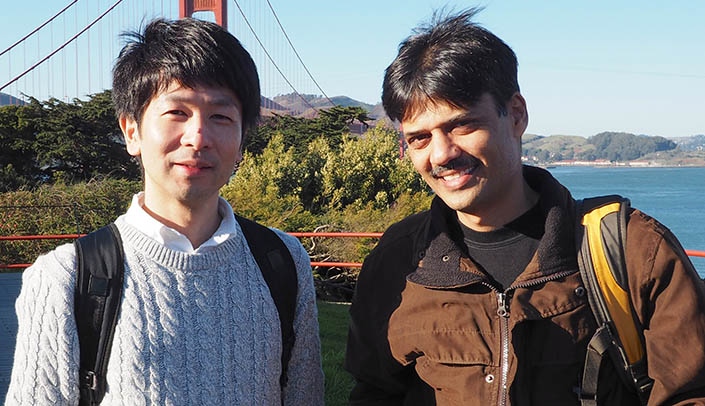Replicating a complex research experiment requires step-by-step instructions.
And, as a well-defined recipe assists five-star restaurants in recreating a dish time and again, a UNMC researcher and his long-term collaborator from Japan together have created a recipe that can more easily create genetically engineered mice.
UNMC’s Channabasavaiah Gurumurthy, Ph.D., and Masato Ohtsuka, Ph.D, of Tokai University in Japan have released their step-by-step protocol for establishing the i-GONAD (improved-Genome editing via Oviductal Nucleic Acids Deliver), which makes genetic changes in mice without the need for complex microinjections.
Their work (Creation of CRISPR-based germline-genome-engineered mice without ex vivo handling of zygotes by i- GONAD) is published in Nature Protocols, the journal that publish protocols for the best techniques from leading experts in each field.
“This recipe allows the research community to learn the method and do it on their own with a higher success rate,” Dr. Gurumurthy said. “First-year lab students can learn the process, whereas before the traditional gene editing process required a highly specialized surgeon scientist with years of experience in microinjection and fine-skills in handling embryos outside the animals.”
Dr. Ohstuka, who has offered nearly two dozen workshops on the GONAD method in several countries, said “many researchers who in my workshops already have been routinely using this method in mice and rats. This method would be particularly helpful in other species where the techniques of handling embryos outside of the female are not well-established.”

Congratulations Guru and his research team.
Very creative work, Guru!
Great work and collaboration.